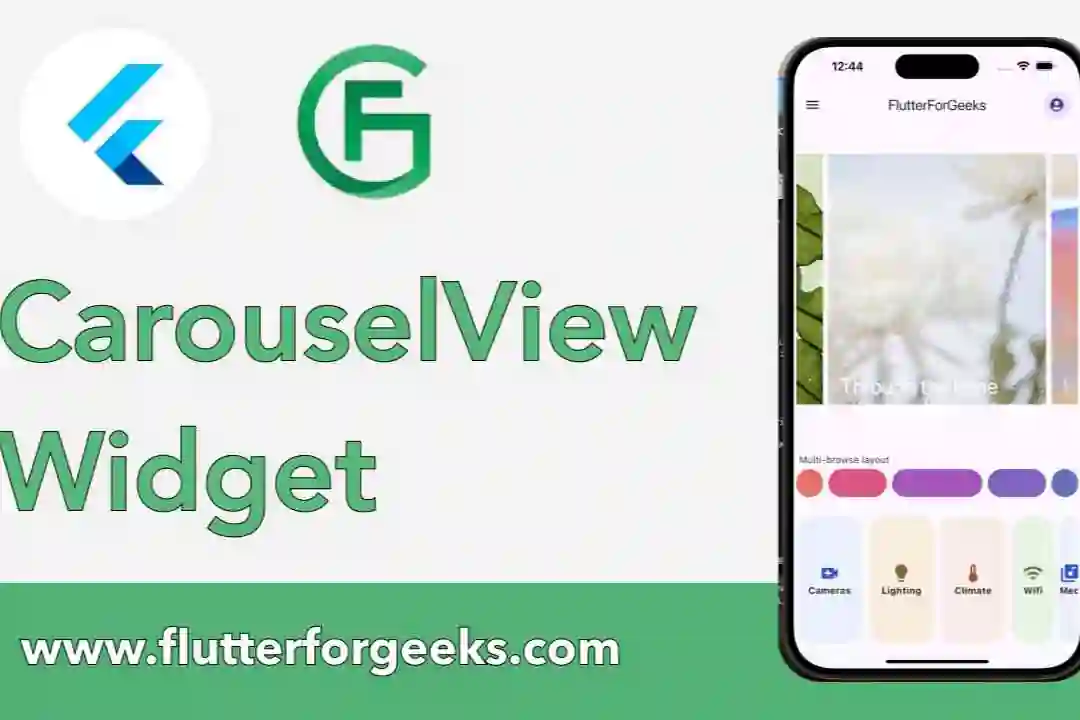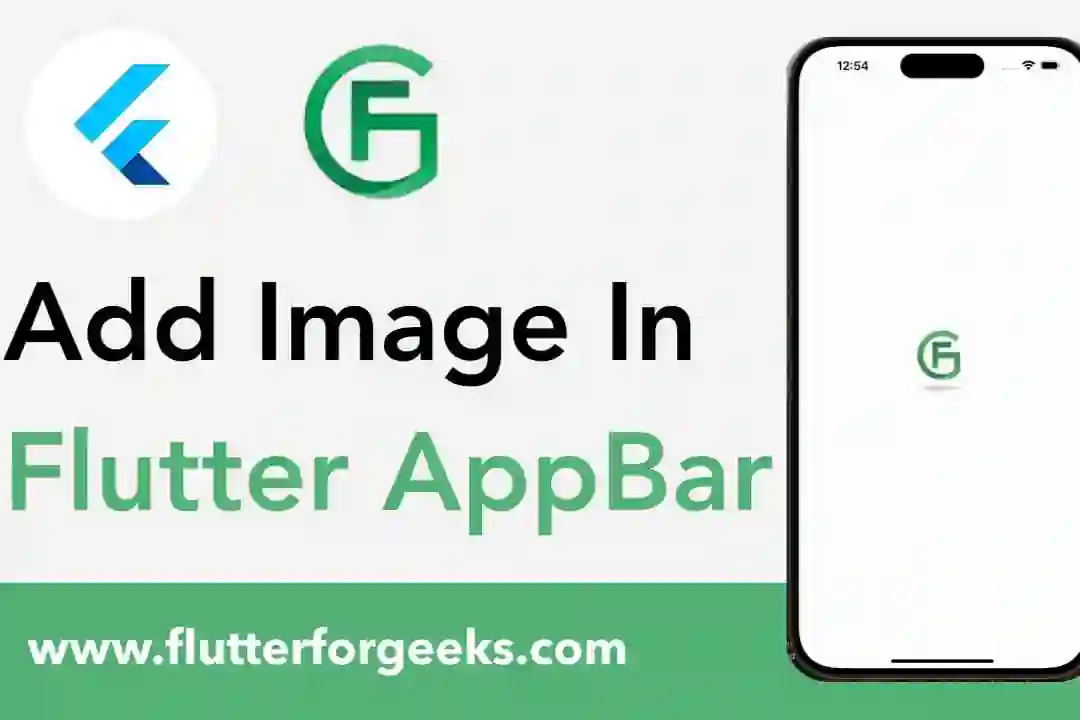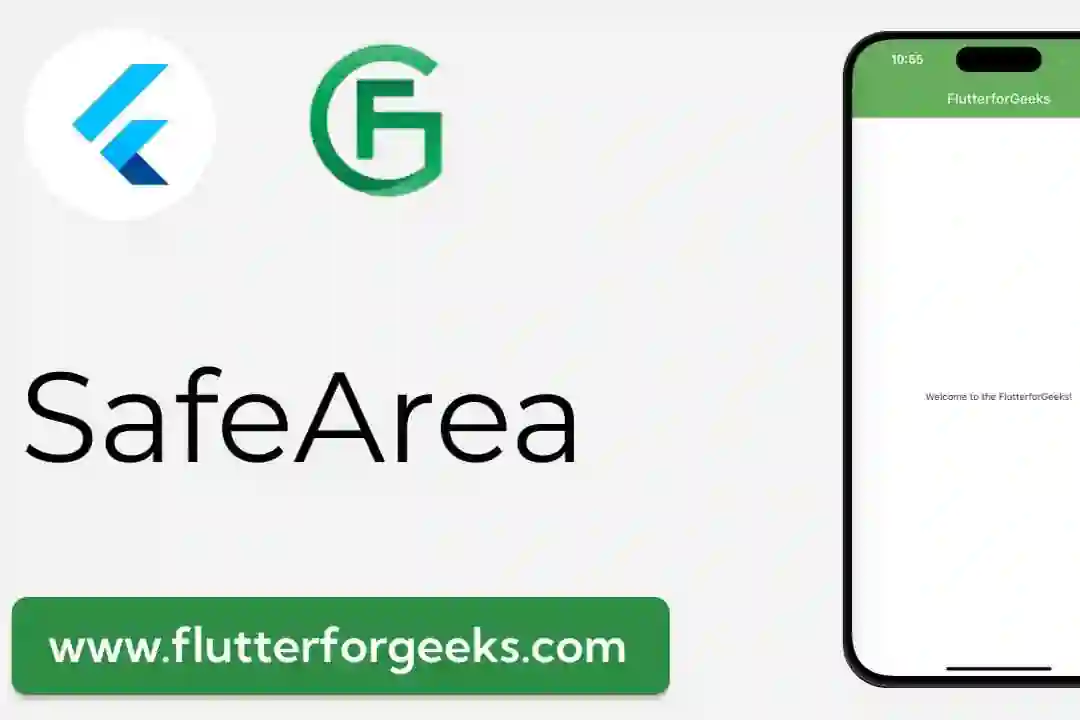Introduction:
In Flutter app development, guiding users through a series of sequential steps is a common requirement in various scenarios, such as onboarding processes, form submissions, or multi-step workflows. The Stepper widget offers a powerful tool for implementing step-by-step navigation in Flutter apps, allowing developers to create intuitive and interactive user interfaces. In this blog post, we'll explore the capabilities of the Stepper widget, discuss its key features, and provide practical examples to demonstrate how to use it effectively in your Flutter apps to guide users through multi-step processes.
Understanding the Stepper Widget:
The Stepper widget in Flutter provides a way to organize content into a series of sequential steps or stages, with navigation controls for users to move forward or backward through the steps. Each step in the stepper can have its own content, title, and optional actions, making it suitable for presenting complex multi-step workflows or guided processes to users. The Stepper widget offers flexibility in customization, allowing developers to control the appearance, layout, and behavior of each step within the stepper.
Key Features and Benefits:
Step-by-Step Navigation: The Stepper widget enables users to navigate through a series of sequential steps using navigation controls, such as next and previous buttons or step indicators. This facilitates guided navigation through multi-step processes, ensuring that users progress through each step in the correct order.
Customizable Steps: Developers can customize each step within the stepper by providing custom content, titles, and optional actions for each step. This allows for the creation of tailored user experiences with step-specific instructions, forms, or actions to be completed at each stage of the process.
Linear and Non-linear Steppers: The Stepper widget supports both linear and non-linear navigation modes, depending on the workflow requirements. In a linear stepper, users must complete each step in sequence before proceeding to the next step, while in a non-linear stepper, users can navigate between steps freely.
Validation and Error Handling: Developers can implement validation and error handling logic for each step within the stepper to ensure that users provide correct input or complete required actions before proceeding to the next step. This helps prevent errors and streamline the user experience by guiding users through the process effectively.
Practical Examples:
Let's explore some practical examples of how to use the Stepper widget in Flutter:
Basic Linear Stepper:
Stepper(
steps: [
Step(title: Text('Step 1'), content: Text('Content 1')),
Step(title: Text('Step 2'), content: Text('Content 2')),
Step(title: Text('Step 3'), content: Text('Content 3')),
],
)
In this example, we create a basic linear stepper with three steps, each consisting of a title and content. Users can navigate through the steps sequentially using the next and previous buttons.
Non-linear Stepper with Validation:
Stepper(
type: StepperType.horizontal,
steps: [
Step(
title: Text('Step 1'),
content: TextFormField(
validator: (value) => value.isEmpty ? 'Field required' : null,
),
),
Step(
title: Text('Step 2'),
content: TextFormField(
validator: (value) => value.isEmpty ? 'Field required' : null,
),
),
Step(
title: Text('Step 3'),
content: TextFormField(
validator: (value) => value.isEmpty ? 'Field required' : null,
),
),
],
)
Here, we create a non-linear stepper with horizontal orientation and input fields in each step. We use validation logic to ensure that users provide input in each field before proceeding to the next step.
Conclusion:
The Stepper widget in Flutter provides a versatile and powerful solution for implementing step-by-step navigation in your app's user interface. By organizing content into sequential steps and providing navigation controls for users to move forward or backward through the steps, the Stepper widget facilitates guided navigation through multi-step processes or workflows. Whether presenting onboarding flows, form submissions, or multi-step tasks, the Stepper widget offers a valuable tool for creating intuitive and interactive user experiences in Flutter apps. With the practical examples provided in this blog post, you can easily incorporate the Stepper widget into your Flutter projects and leverage its full potential to guide users through multi-step processes effectively.












